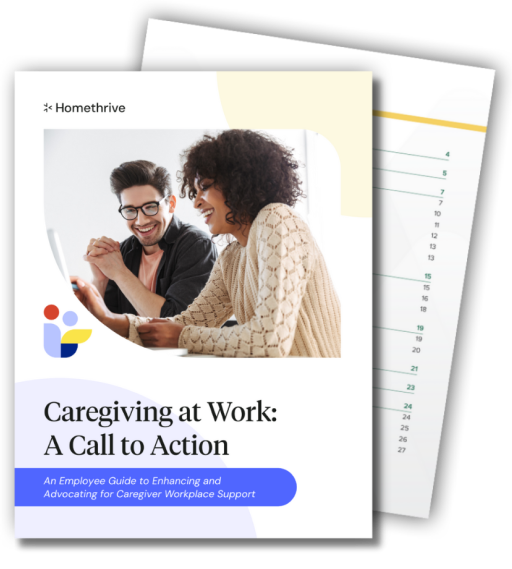Employee benefits, fringe benefits, employee perks, incentives, rewards…there are a lot of terms for non-wage compensation provided by employers.
Although in casual conversation these terms are often used interchangeably, when it comes to perks vs benefits, there are subtle differences that are important for employees and employers to know. Using specific terms to describe what you are giving your employees can help set expectations and demonstrate your company’s culture and values.
Whatever you call your employee benefits or perks, both employers and employees need to understand which ones are taxable, and which ones are not.
Employee Compensation and Benefits
Unlike compensation in the form of wages or salaries, employee benefits are non-monetary parts of a compensation package. Benefits are reliable (removing a benefit is similar to removing part of a salary) and frequently cover basic needs. Employers may choose a benefits package that reflects their own goals or values. For example, an employer may offer pre-tax transit benefits because they value the environment, or they do not have employee parking and don’t want employees wasting time looking for parking.
Because of group pricing, benefits are often less expensive for an employer to provide than they would be for an employee to obtain on their own. This is why a comprehensive benefits package can make an organization more attractive to job seekers and overcome a low salary in the recruitment process. Job seekers may negotiate for additional benefits, such as vacation time, to overcome a low salary offer.
Benefit Expectations
Certain benefits, such as health insurance and paid time off, have become so common that they are required for successfully recruiting people.
Some of the most popular employee benefits include:
- Paid Time Off
- Health Insurance (including dental and eye)
- 401K (with or without match)
- Caregiving benefits
- Pre-tax health or transit options
- Stock options
- Home office allowance (for remote or hybrid employees)
Fringe Benefits
Generally, a “fringe benefit” is an unexpected reward that results from an action, although employee benefits are also sometimes called fringe benefits. For example, you choose an office building and discover that it comes with a gym your employees are entitled to use.
Employee Perks
Perks are non-cash extras that increase job satisfaction and help enhance quality of life. Although many employers mention perks in job postings, they are generally less stable than benefits (meaning they can change without notice) and are not usually considered part of employee satisfaction.
Employee Perk Ideas
Some of the most common employee perks are:
- Free food (lunches or snacks)
- Summer Fridays
- Casual Fridays
- Team dinners
- Group activities
- Offices with recreational activities such as ping pong
Incentives and Rewards
Incentives are rewards that encourage certain behaviors or results. Incentives can be given automatically, such as a cash bonus for reaching a sales goal, or can be part of a contest or recognition program. If your company offers a sales bonus, but not all employees are eligible, you may want to set up a separate recognition program that uses a different requirement for those who aren’t eligible. Only allowing some people to earn an incentive is not good for team morale. Some cash incentives are taxable.
Employee Reward and Recognition Ideas
Rewards can be given individually (only some people receive the reward) or collectively (an entire team or company receives a reward).
Some of the most common incentives or rewards include:
- Cash bonus
- Extra days off
- VIP experiences
- Company swag
- Personalized gifts
Benefits, perks, and incentives won’t create your company’s culture, but if chosen carefully, they can reinforce it. Our research shows that one in five employees is also a caregiver, making a comprehensive benefits package that includes the needs of caregivers a powerful tool in your recruiting and retention efforts.
Find out more ways to support your employees by learning about the benefits that can help.
To receive caregiving benefit insights delivered straight to your inbox, sign up for our weekly newsletter.







